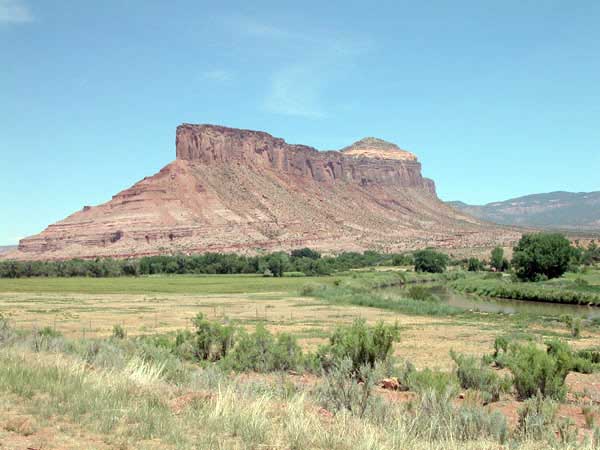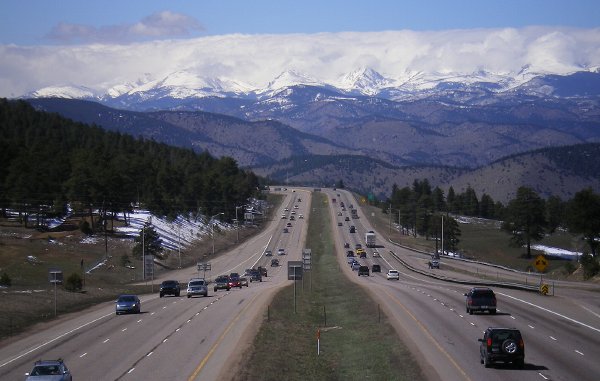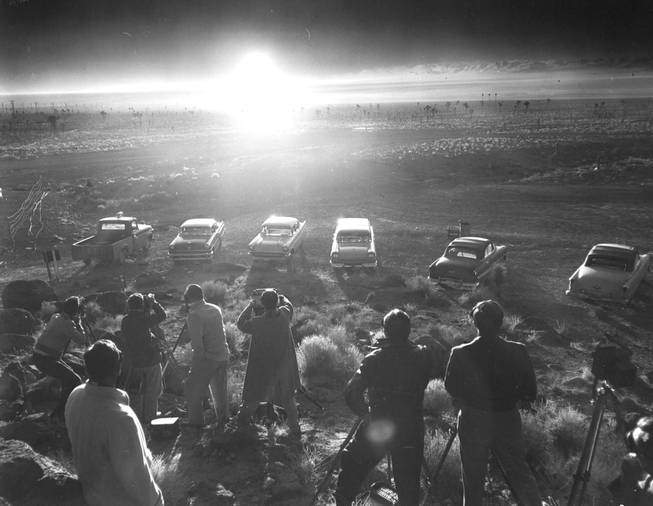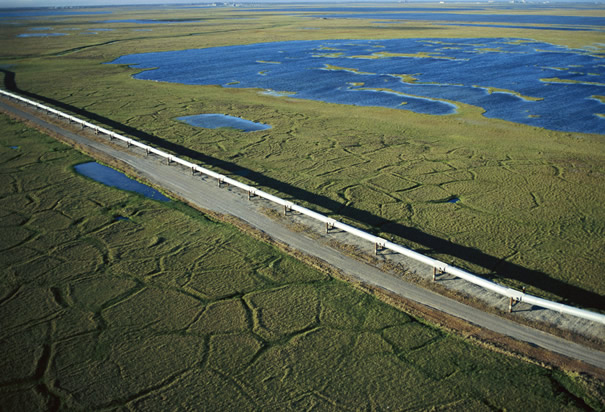In 2007, Energy Fuels, a Canadian uranium mining and milling company bought a piece of property not far from the town of Naturita, Colorado in western Montrose County. During the early and mid 2000s, the price of uranium took an upswing as a renewed interest in nuclear power drove the price of uranium oxide to nearly $140 a pound - the highest it has ever been. Spurred on by the excellent business environment, Energy Fuels proposed that July to build Pinon Ridge and revitalize the uranium business in western Colorado.
 |
| Uranium Mill Tailings Sites (Department of Energy) |
Now, only one, the White Mesa Mill in Monticello, Utah, operates.
Earlier this year, Energy Fuels and another Canadian uranium company, Denison Mines, decided to merge their American operations under the Energy Fuels name. That new company now owns White Mesa, Pinon Ridge, and around 20% of the total uranium production in the United States.
Here is a video report from the New York Times on Pinon Ridge from 2010. While George Glasier no longer runs Energy Fuels, his successor, Stephen Antony has also worked in the uranium industry for decades as well. He also happens to be a graduate of the Colorado School of Mines.
Uranium extraction is such a small business that even the people who are on opposite sides of the issue know each other on a first name basis.
That's where things get complicated.
Ideally, we (collectively) like to label things as right/wrong or good/evil. The problem with Pinon Ridge is there is no "evil corporate empire" or "bunch of environmental activists" to point the blame at. Nuclear history, and the way people interpret it, is the reason one person can call Pinon Ridge a symbol of hope and another a symbol of impending disaster.







